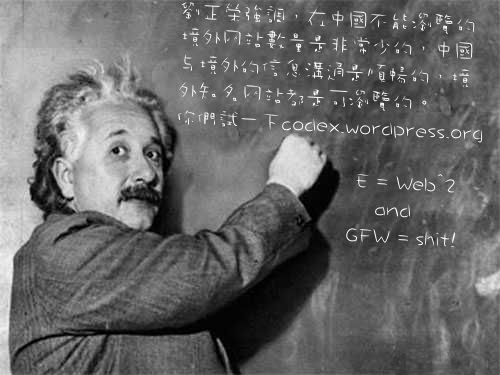Over the last decade, I have been fortunate to grow a physical therapy company that has provided hundreds of thousands of workers’ compensation visits. I have learned a great deal about the good, the bad and the ugly in our industry during this time.
One lesson is most significant: The term “outcome” is among the most misused and misapplied phrases in workers’ compensation. Very few consultants, intermediaries and “experts” actually assess the value of their provider networks because they lack the ability to truly define an outcome.
A Lesson From Einstein
In 1905, Albert Einstein articulated the theory of relativity, including what must be the most recognizable formula in history: E = MC-squared. This theory has stood the test of time as an accurate reflection of the relationship between energy and mass. Similarly, in workers’ compensation, we have utilized a formula to allegedly explain the “theory of outcomes” as the relationship between cost and clinical performance. The problem is that our equation for outcomes is incomplete and inaccurate.
Ask your intermediary how they rank healthcare providers. Inevitably, most will articulate some iteration of:
Outcomes = Price x Utilization
Or, O = PU (ironic when you say it out loud). But this is a false promise. This formula uses data derived only from claims and has no capacity to reflect the quality of the clinical performance. An effective definition of outcome incorporates price and incorporates utilization but must balance that analysis with an understanding of functional improvement. Without incorporating functional improvement into the equation, you have a useless collection of letters and numbers masquerading as a mechanism for transparency and clarity. O = PU is to the “theory of outcomes” what E = C-squared would be to the theory of relativity – partially expressed and therefore completely wrong.
The Manipulation of O = PU
Price can be manipulated. Utilization can be manipulated. Both are manipulated every day in our industry and will continue to be. However, providers can’t manipulate the functional improvement (or lack thereof) of their patients. Functional improvement either happens, or it doesn’t... and is directly related to the ability of the provider and his attention to and effort with the patient. There are occasional anomalies in patient outcomes, but I can tell you with absolute confidence that the past decade has taught me that, when balanced for patient type and clinical environment, the best clinicians consistently achieve the greatest functional improvement with their patients.
I can also tell you that far too few “experts” seem to either understand or care about functional improvement. We live in an era now where many intermediaries ask providers to play “name that tune” when it comes to price and utilization. They guide providers to increase prices to offset discounts and manage utilization around a number (not the patient).
It is a game, and this game does not end well. Higher prices, bigger discounts, worse care, mismanaged utilization (unrelated to patient improvement), higher indemnity, animosity, deceit, ill will, poor communication and frustration. Sound familiar?
The True Formula for Outcomes – The True Recipe for Value
It really is this simple:
Outcomes = Price X Utilization / Functional Improvement
If you truly want to evaluate outcomes, demand accountability and data regarding how patients improve functionally. Identify and benchmark what your injured patients could do before their injury and what they can do after their treatment. That analysis (and only that analysis) will lead you to truly identifying outcomes -- and truly understanding value.
Everything else is a side show. Price and discount matter – if you know functional improvement. Utilization matters – if you know functional improvement. NONE OF IT matters without knowledge of functional improvement. Far too many “experts” have advised employers to “commoditize” the provision of healthcare through cost containment strategies that define outcomes through price and utilization only – and along the way have lost the battle for value.
The Real Question
Why do we so commonly resign ourselves to O = PU, when we know it is inaccurate?
Workers’ compensation affords us the greatest opportunity for transparency in all of healthcare. Our “experts” should lead with new practices and analysis – not cut and paste outdated processes sourced from commercial health. We have the HIPAA waiver. We have greater referral control. We often have access to the essential functions of the job (benchmarks for return to work) and the injured employee’s pre-existing conditions (benchmarks for maximum medical improvement) when effectively identified through job-site assessments and post-offer testing. Last, we have a truly invested payer with comprehensive exposure to both medical and indemnity cost. An actual, accurate formula for outcomes isn’t just important, it is essential... and it is achievable.
Almost as famous as Einstein’s equation is his quote that “the definition of insanity is doing the same thing over and over again and expecting a different result.”
I believe, if Einstein were alive today, he would say, “If you are happy with the outcomes you are seeing in workers’ compensation, keep doing the same thing. However, after years of increased medical costs, rising negativity between employers and their injured employees, a tidal wave of provider frustration with payer rules and bureaucracy and a national increase in indemnity – my advice is to stop repeating the same ‘cost containment’ techniques that have never worked before. If you want more from your providers and intermediaries, O = PU is the definition of insanity.”


